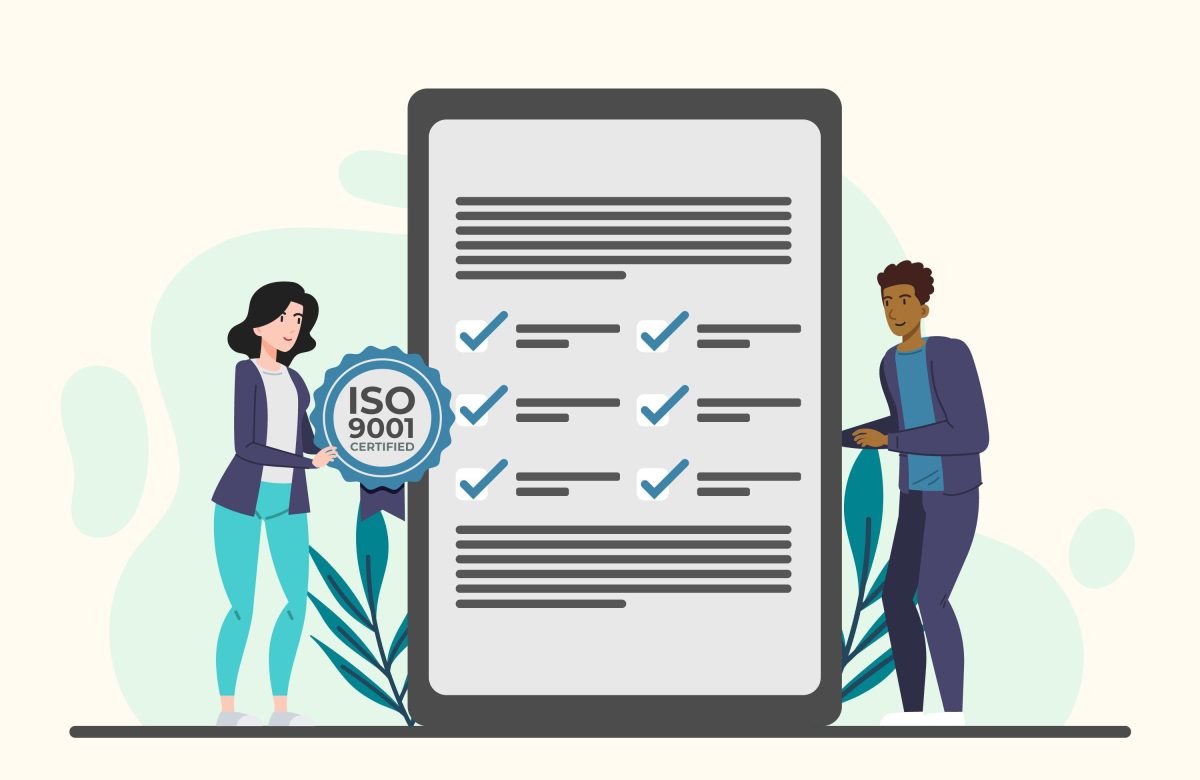How to use data analytics for marketing optimization

In the digital age, data is the lifeblood of effective marketing. The ability to collect, analyze, and interpret data has transformed the way businesses approach marketing strategies. Data analytics empowers marketers to make informed decisions, identify trends, understand customer behavior, and optimize campaigns for maximum impact. In this blog, we’ll delve into the world of data analytics and explore how businesses can leverage it to achieve marketing optimization and drive tangible results.
12 Ways To Use Data Analytics For Marketing
1. Data Collection and Integration
Effective data analytics begins with data collection. Businesses need to gather data from various sources, including websites, social media platforms, customer interactions, and sales records. Integration of data from different channels provides a comprehensive view of customer interactions, enabling a more accurate analysis.
2. Set Clear Objectives
Before diving into data analytics, define clear marketing objectives. Whether it’s increasing brand awareness, improving conversion rates, or enhancing customer engagement, having well-defined goals will guide your analysis and help you measure success.
3. Segmentation and Targeting
Data analytics enables marketers to segment their audience based on various criteria such as demographics, behavior, preferences, and purchasing history. This segmentation allows for targeted and personalized marketing efforts that resonate with specific customer groups, leading to higher engagement and conversion rates.
4. Predictive Analytics
Predictive analytics uses historical data to predict future outcomes. By analyzing trends and patterns, marketers can make informed predictions about customer behavior, preferences, and market trends. This empowers businesses to proactively adjust their strategies to stay ahead of the curve.
5. Customer Journey Mapping
Data analytics provides insights into the entire customer journey – from initial contact to conversion and beyond. Understanding this journey helps marketers identify touchpoints where customers interact with the brand. By optimizing these touchpoints, businesses can create a seamless and enjoyable customer experience.
6. A/B Testing and Experimentation
A/B testing involves creating multiple versions of a marketing element (such as a landing page or email subject line) and testing them to determine which performs better. Data analytics allows for accurate measurement of these tests, helping marketers make data-driven decisions to optimize campaigns for higher engagement and conversion rates.
7. Optimize Content Strategy
Data analytics helps marketers gain insights into which types of content resonate most with their audience. By analyzing content performance metrics, such as click-through rates, time spent on a page, and social shares, businesses can refine their content strategy to create more engaging and valuable content.
8. Real-time Analytics
Real-time analytics provides immediate insights into campaign performance. Marketers can monitor the impact of their efforts in real-time and make necessary adjustments on the fly. This agility ensures that campaigns are optimized for current trends and audience behavior.
9. Social Media Insights
Social media platforms are rich sources of customer data. Data analytics tools allow marketers to analyze engagement metrics, audience demographics, and sentiment analysis. This information informs social media strategies, helping marketers tailor their content and engagement efforts to their target audience.
10. Attribution Modeling
Attribution modeling helps marketers understand which touchpoints and interactions contribute most to conversions. This insight is crucial for allocating resources effectively and understanding the customer journey’s most influential stages.
11. Marketing Automation and Personalization
Data analytics drives marketing automation and personalization. By analyzing customer behavior and preferences, businesses can automate personalized messages, recommendations, and offers, creating a more relevant and engaging experience for customers.
12. Continuous Learning and Improvement
Data analytics is not a one-time endeavor. Regularly analyze data, review campaign results, and assess the effectiveness of strategies. Use insights from data analytics to refine your marketing efforts continually and adapt to changes in customer behavior and market trends.
Conclusion
Data analytics has revolutionized the way businesses approach marketing optimization. By collecting, analyzing, and interpreting data, marketers can gain deep insights into customer behavior, preferences, and market trends. From segmentation and targeting to predictive analytics, real-time insights, and personalization, data analytics empowers marketers to create more effective and impactful campaigns. Remember, data is not just a collection of numbers; it’s a valuable resource that, when harnessed effectively, can propel your marketing efforts to new heights and drive tangible results.




